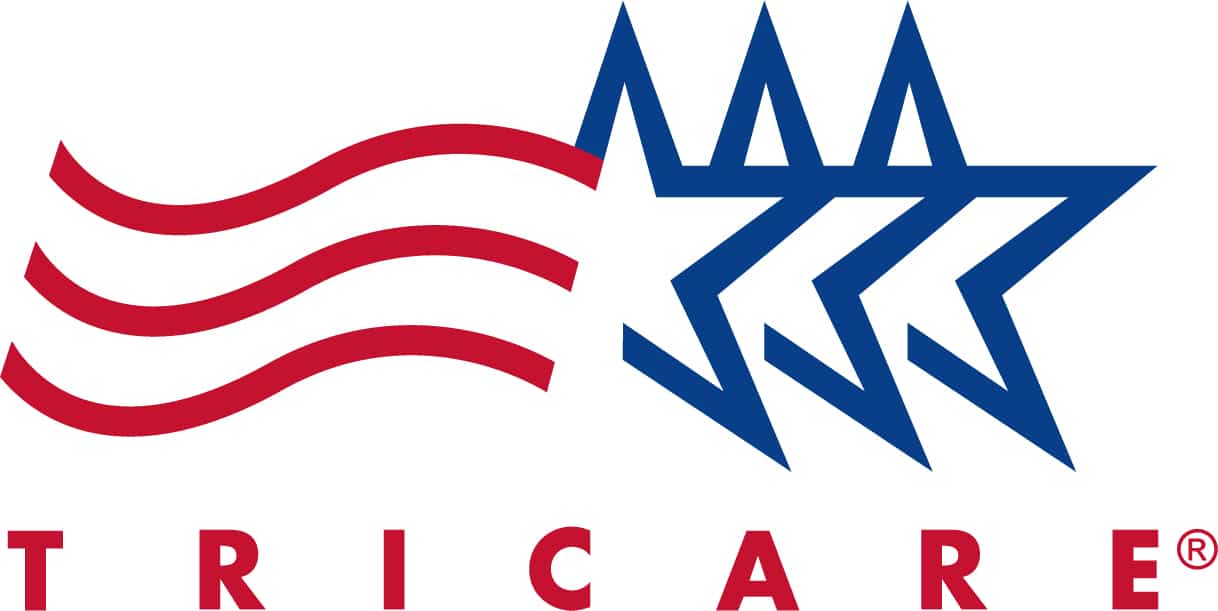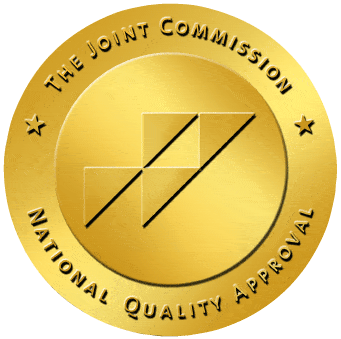Meth and Anxiety

Meth and Anxiety
Table of Contents
Are Meth and Anxiety Related?
The relationship between meth and anxiety is well documented. Meth use, even short-term abuse, is severely harmful to mental health. Meth disrupts several bodily functions, including, most importantly, cognitive function. Let’s take a look at the definitions and classification of meth and anxiety as applicable, the addictive nature of meth, signs of meth use and overdose, as well as treatment options.
What is Meth?
Methamphetamine is a highly addictive stimulant that affects the central nervous system.1 Meth was created from amphetamines as a decongestant. However, meth is far more potent than amphetamines, and larger doses reach the brain easier. This results in high levels of addiction and use, which has, over time, lowered its medicinal value. Meth is a synthetic drug that is made in labs. The creation of meth is a volatile process resulting in injury or death if not done correctly.
What Does it Look Like?
Meth is often called crystal meth because of its crystallized rock look. Meth is most often white or clear, which signifies purity and high potency. Meth diluted with other substances may appear brown or orange. Contrary to popular belief brought on by the television show Breaking Bad, meth is not typically any shade of blue. However, because of the increased popularity of blue meth, many illegal drug manufacturers attempted to replicate the blue look of meth made famous by the tv show. In reality, blue meth means that the meth has been cut with any number of other harmful substances to create the blue tint. This means blue meth is typically more dangerous than other forms of methamphetamine.
Meth is classified as a stimulant and a schedule 1 drug. Schedule 1 drugs are substances that have a high rate of abuse combined with low medicinal value. In comparison, level 5 drugs have little to no addiction rates and high therapeutic value.
Statistics About Meth Use
There’s been an increase in meth use in the US. Here are the statistics:2, 3, 4
- 1.6 Million Americans have admitted to meth abuse
- The average age of people who admit to using meth is 23
- The rate of meth-related overdoses increased 7.5% between 2007-2017
- Approximately 15% of all drug overdoses are attributed to meth
- People who abuse meth live, on average, until 59 years old, far less than the average lifetime of 75
- 50% of people who use meth are categorized as having meth addiction within the last year. This means that recovery for meth abuse is both ever-increasing and ever needed
- In one study, 76% of people experienced anxiety after abusing stimulants
Types of Meth
Crystal Meth
Crystal meth is the most common form of meth. It resembles small clear crystals or crystallized powder. Crystal meth is the most potent type of meth.
Fake Meth
Fake meth is an illicit substance that resembles meth but that are created from several other substances. Fake meth has varying levels of potency and toxicity.
More About Stimulants
What is Anxiety?
Anxiety is defined by intense feelings of fear and stress over what others may see as small things. Anxiety can occur persistently or in a burst of anxiety attacks. Anxiety causes hyperventilation, increased heart rate, sweaty, clamminess, and an overwhelming sense of urgency.
Types of Anxiety
General Anxiety
General anxiety is a broad term referring to otherwise uncategorized anxiety. General anxiety occurs in most individuals but happens with greater frequency and intensity in those diagnosed with anxiety.
Obsessive-Compulsive Disorder
Obsessive-compulsive disorder is an aggressive form of anxiety that causes compulsive behaviors such as over-organizing, ensuring food doesn’t touch, having things in specific, albeit arbitrary orders, or an intense fear of germs, to name a few examples. Individuals with OCD seek to exert some form of control over the world around them to help deal with their anxiety. OCD is treated with medication and therapy.
Post-Traumatic Stress Disorder
Post-Traumatic Stress Disorder, or PTSD, is the result of severe psychological trauma. PTSD is closely associated with returning military members. Still, PTSD can be caused by any trauma, including childhood abuse, car accidents, or others. PTSD can cause violent outbursts, cognitive dissonance, and insomnia. It is treated with therapy to develop healthy coping mechanisms to address triggers.
Social Anxiety
Social anxiety is a common form of anxiety caused by social interaction. It can be triggered by large groups of people, public speaking or attention, interpersonal interactions. Social anxiety can cause agoraphobia (fear of leaving the house) or other conditions defined by anti-social tendencies. Social anxiety is treated with therapy.
Statistics About Anxiety
Can Meth Cause Anxiety?
Yes, meth can cause anxiety. Over 75% of people who used meth reported feeling severe anxiety while high. 40% of people in recovery from meth abuse report anxiety episodes. Anxiety is thought to be one of the most common psychological side effects of methamphetamine use. Methamphetamine, like other nefarious substances, disrupts brain chemistry and unbalances mood and hormones. These changes can be long-lasting depending on dose and frequency.
One study did a 3-year follow-up with people who formerly used meth. Over 25% of these individuals reported persistent feelings of anxiety. Those with anxiety conditions that predated their substance abuse reported more intense feelings of anxiety.
This study and others serve to show that meth can both cause anxiety and intensify anxiety disorder. Another contributor to the connection between meth and anxiety is how society views substance abuse. To an individual with substance use disorder, knowing that they’re generally looked down-upon because their disease can increase feelings of anxiety and depression.
How Addictive is Meth?
Meth is highly addictive. Meth use activates the reward center of the brain. This causes an increase in dopamine production, the happy chemical. The amount of dopamine released from meth is far more significant than what would usually be released by the brain. The combination of reward center stimulation and intense euphoria contributes to the highly addictive nature of meth. Furthermore, regular substance abuse causes the brain to make fewer amounts of dopamine, which creates dependence and cravings to use the substance to feel happy.
These changes can be reversed with time, treatment, and therapy.
Signs and Symptoms of Meth Use?
Meth use causes several physical and psychological changes in the body. Here are the most common:9
- Anxiety
- Depression
- Insomnia
- Weight loss
- Jitters
- Meth mouth, from the teeth eroding and decaying due to meth use. Meth mouth is a sign of long-term meth use
- Increased heart rate
- Delirium
- Changes in personality and interest
- Decreased productivity
Meth Overdose and Withdrawal
Over 12,000 individuals overdosed because of meth in 2018. Meth overdose is more common in those going through meth withdrawal and recovery. During detoxification, the tolerance for meth is lowered, but the cravings are increased. Meth overdoses and abuse contribute to the billions spent each year to combat and treat substance use disorders.10
What is Meth Psychosis?
Meth psychosis is an episode in which it’s difficult to tell what is real and what isn’t due to meth abuse. Meth psychosis can create visual, tactile, and audible hallucinations. It can also lead to violence and self-harm. Meth psychosis in individuals with anxiety can create extreme paranoia, which may cause violence or aggression towards perceived enemies.
Meth psychosis most commonly occurs while high, but in cases of heavy and long-term meth use, it persists for longer. The delusions brought on by meth psychosis can make individuals a danger to themselves and others.
Treating Meth and Anxiety
Treating Meth Addiction
Treating meth addiction takes a combination of medicine to treat meth withdrawal symptoms and therapy to provide healthy tools to cope with recovery stress. Meth addiction treatment is available in inpatient or outpatient options. Inpatient allows 24/7 medical support, whereas outpatient established routine check-ins and a long-term care plan. Therapy is often combined with either to treat the underlying cause for addiction and to help prevent relapse.
Anxiety Treatments
Anxiety is one of the most commonly treated mental illness. Non-severe forms of anxiety are highly treatable and can lead to a longer, more fulfilling life. Anxiety is treated mainly through therapy, although medicine may be prescribed on a case-by-case basis.
Dual Diagnosis Treatment in Drug Rehab
Dual diagnosis occurs when there is a substance use disorder and one or more mental illnesses. In many cases, substance use can cause or trigger mental illness, which creates a cycle. Dual diagnosis provides the treatment needed to address both conditions.
Recovery is a lifelong process for many, but it’s not impossible. The first step is choosing a rehab. Reach out to your local treatment clinics for more information.
Resources
- https://www.ncjrs.gov/pdffiles1/nij/grants/209730.pdf
- https://www.drugabuse.gov/publications/research-reports/methamphetamine/what-scope-methamphetamine-misuse-in-united-states
- https://www.cdc.gov/mmwr/volumes/69/wr/mm6912a1.htm
- https://journals.lww.com/md-journal/fulltext/2017/04140/anxiety_level_and_correlates_in.7.aspx
- https://jamanetwork.com/journals/jama/fullarticle/645425
- https://www.ncbi.nlm.nih.gov/pmc/articles/PMC3135672/
- https://jaoa.org/article.aspx?articleid=2092999#:~:text=Lifetime%20prevalence%20rates%20of%20the,among%20women%20than%20among%20men.
- https://www.ncbi.nlm.nih.gov/pmc/articles/PMC5407545/
- https://www.nimh.nih.gov/health/statistics/any-anxiety-disorder.shtml
- https://www.ncbi.nlm.nih.gov/pmc/articles/PMC3159418/














